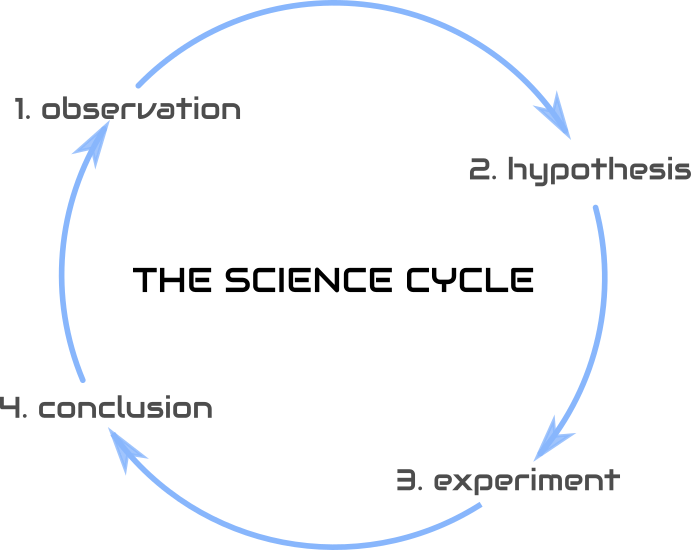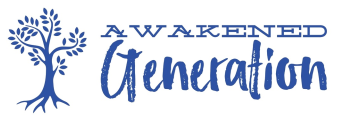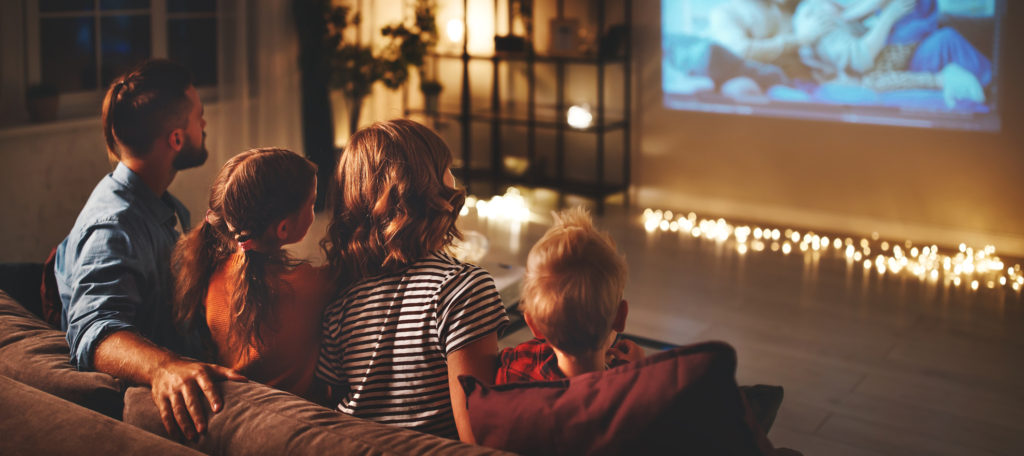W1S1 BONUS: Design Your Own Experiment
[Work on your own or with a partner.]
Imagine you’ve just received unlimited funding to open your own lab to do research into stories and emotion. It’s time to design your first experiment and set up your lab for some amazing science. Your lab’s first research contract is to measure people’s responses to some story-based media of your choice (book, movie, comic, play, audio book, etc.). Use the science cycle questions below to create your design for your imaginary project. You can either write a post on this site with your design or your can download, print, and fill out the paper worksheet.
1. observation
What did you notice about people and their emotions when they view media that is inspiring your experiment?
4. conclusion
What imaginary results did your imaginary experiment produce? What did you do with this information? Based on these results what improvements will you make or new questions will you ask?

2. hypothesis
What single idea will you attempt to prove or disprove about people and emotions related to media?
3. experiment
How will you test this idea? What media will you use? What method and technology will you use to make measurements? (Extra: draw a diagram or build a model of the experiment setup)
Published posts can be found on the Story Power Quest Blog.
Need help using the post editor? Take this short course.
Use your click below the line and hold the button to select the content below to paste into your blog post. Replace the text and square brackets ([ ]) with your work. Don’t forget to give your post an original and interesting title!
[A brief and interesting intro to your experiment]
1. observation
What did you notice about people and their emotions when they view media that is inspiring your experiment?
[Your story]
2. hypothesis
What single idea will you attempt to prove or disprove about people and emotions related to media?
[Your idea]
3. experiment
How will you test this idea? What media will you use? What method and technology will you use to make measurements?
[Your design]
4. conclusion
What imaginary results did your imaginary experiment produce? What did you do with this information? Based on these results what improvements will you make or new questions will you ask?
[Next steps]



